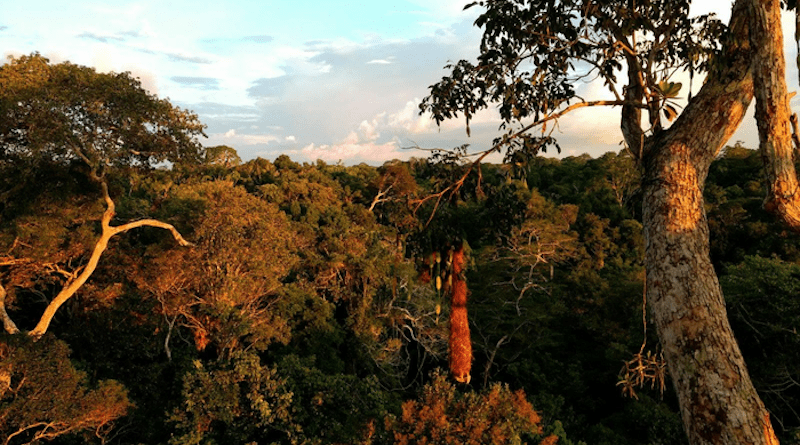How Amazon Rainforest Is Likely To Cope With Effect Of Future Drought
A major collaboration involving 80 scientists from Europe and South America has identified the regions of the Amazon rainforest where trees are most likely to face the greatest risk from drier conditions brought about by climate change.
Based on the analysis, the scientists predict trees in the western and southern Amazon face the greatest risk of dying.
They also warn that previous scientific investigations may have underestimated the impact of drought on the rainforest because those studies focused on the central-eastern part of the forest, which is the least vulnerable to drought.
The latest study provides the first assessment across the entire Amazon Forest of how different areas are likely to respond to a climate that could get warmer and drier, and it comes as some studies predict the rainforest will experience increased periods of drought.
Professor David Galbraith, from the University of Leeds who supervised the study, said: “The Amazon is threatened by multiple stressors, including deforestation and climate. Understanding the stress limits that these forests can withstand is a major scientific challenge. Our study provides new insights into the limits of forest resistance to one major stressor – drought.”
Some parts of the Amazon have already seen changes in rainfall patterns. In the southern Amazon, there is evidence that the dry season has become longer, and temperatures in this region have increased more than in other parts of the Amazon. The changes in the southern Amazon are partially due to extensive deforestation.
Dr Julia Tavares, who led the study while undertaking a PhD at Leeds and is now based at Uppsala University in Sweden, said: “A lot of people think of the Amazon as one large forest.
“But it is not. It is made up of numerous forest regions that span different climate zones, from locations that are already very dry to those that are extremely wet, and we wanted to see how these different forest ecosystems are coping so we could begin to identify regions that are at particular risk of drought and drier conditions.”
Writing in the scientific journal Nature, the research team said their findings were removing a “…major knowledge bottleneck of how climate change will impact this critical ecosystem”.

